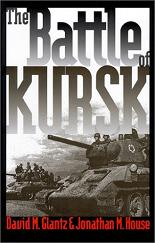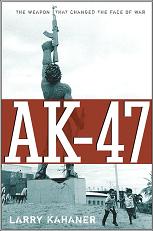
The Battle of Kursk
David M. Glantz & Jonathan M. House
472 pages including index and notes
published in 1999
Kursk is a name most people probably only know from that Russian submarine that sank some years ago. Much fewer people know what that submarine was named after: one of the bloodiest and most important battles of World War II. The Battle of Kursk was fought in 1943, the largest tank battle of the war and was the last battle in which the Germans had the strategic initiative. After Kursk it was the Russians who held the upper hand and the Germans who had to defend. What’s more it was the first battle in which the Russian forces managed to stop the German blitzkrieg
It’s also a battle loved by war nerds, as it got the German panzer army at its peak taking on endless waves of Russian T-34s and Su-76s on the endless steppes and is so much more interesting than the infantry slog of Stalingrad…
However much of what we used to know about Kursk has come from German sources, as Soviet archives have only come available since the end of the USSR. So it has always been about the heroic deeds of the panzer commanders against the endless Slavic hordes so to speak. The emphasis has largely been on the Germans plans for the battle, on what went wrong for them and especially in the memoirs of those particpated, how it was not their fault that the battle was lost but Hitler’s. The Battle of Kursk is one of the first books on the battle to make full use of Soviet archives as well as German ones, giving a much more complete picture of the battle.

